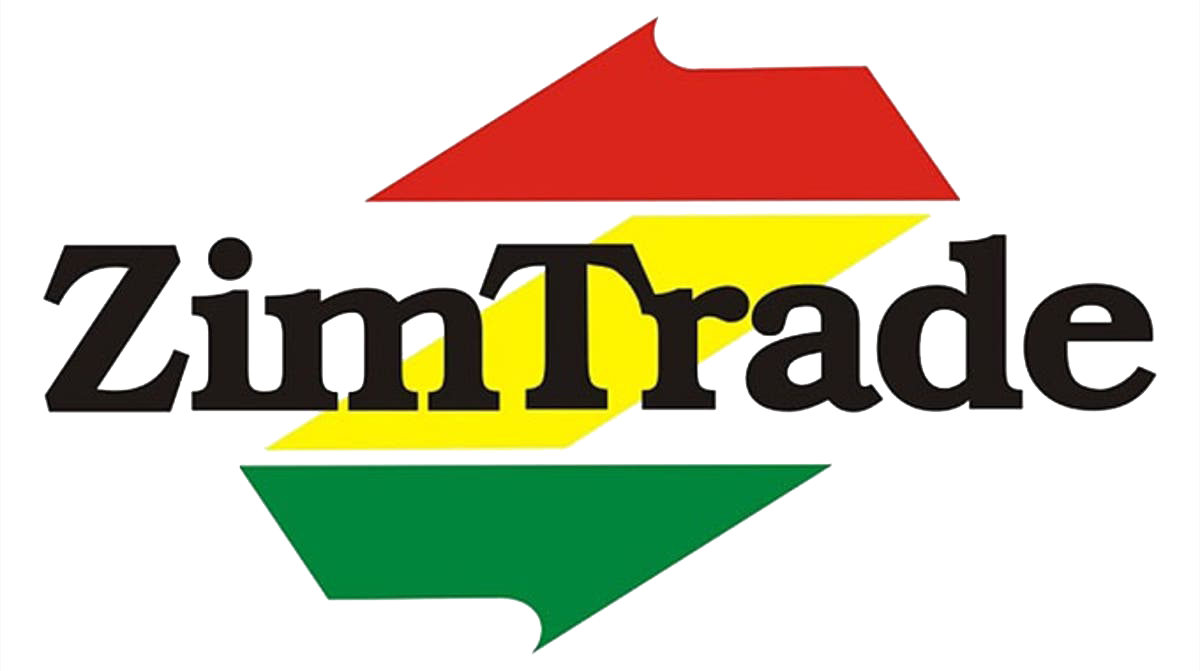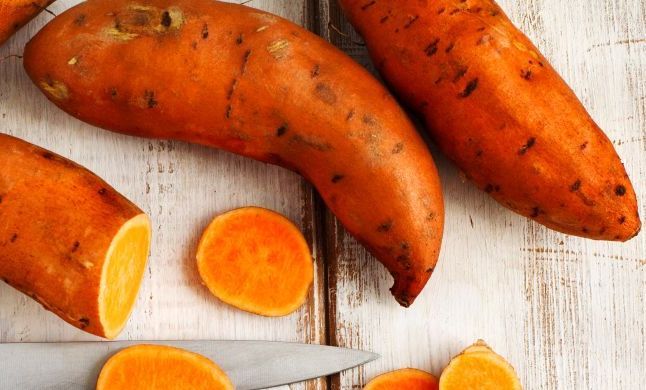The statement that Zimbabwe’s soils and climatic conditions are conducive for growing an array of export products reflects on the potential that local farmers have in contributing the national export earnings.
From food to flowers, produce from Zimbabwe are renowned for quality in international markets such as Netherlands, which is the largest importer of Zimbabwean horticultural produce.
Of the export products with potential, sweet potatoes are one the trending produces over the past few years, offering opportunities for Zimbabwean farmers to participate in regional and international markets.
The global market for sweet potatoes has been rapidly expanding, increasing by over 130 percent in some markets over the last five years and the European Union tops the list of growing markets.
Sweet potatoes have been growing in popularity among consumers immensely within a short time, presenting viable export opportunities for Zimbabwean growers to tap into and grow the country’s exports
According to Trade Map, the global market value of sweet potatoes imported in 2019 was about US$706 million, representing an average annual growth of 15 percent in value between 2015 and 2019.
During the same time the import volumes of sweet potatoes increased from 450,970 kgs in 2015 to 844,472 kgs in 2019.
Last year alone, two largest importers of sweet potatoes, Netherlands (159 tonnes) and United Kingdom (137 tonnes) are already leading trading partners for Zimbabwe’s horticultural produce.
This this makes it easy for local farmers to increase exports of sweet potatoes, leveraging on current performing produces.
By focusing on Netherlands, local farmers can tap into established routes created by the country into Europe.
According to Netherlands’ Centre for Promotion of Imports from developing countries (CBI) a large quantity of the sweet potatoes entering mainland Europe are traded through the Netherlands.
From here sweet potatoes are distributed to countries such as Germany, France, Sweden, Finland as well as the United Kingdom.
In 2019, Netherlands was the top importer, having imported US$157 million worth of sweet potatoes, accounting for 22.5 percent of global trade.
The United Kingdom imported sweet potatoes worth US$107 million while Germany was the third largest market, importing US$57 million worth of sweet potatoes in 2019.
The European Union (EU) alone accounted for 73.1 percent of the global market share in world imports of sweet potatoes in 2019, making it a good potential market for growers.
Given the import figures in Europe, the market presents opportunities for Zimbabwean farmers who can leverage on the interim Economic Partnership Agreement (iEPA), which offers duty free and quota-free market access to the European Union market.
Apart from the European market, there are also opportunities in emerging markets such as United Arab Emirates in Middle East and Asian countries such as Japan, Thailand and Singapore.
According to Trade Map, Japan has recorded an increase in import value of sweet potatoes from US$16.4 million in 2015 to US$20.7 million in 2020.
During the same period, imports of sweet potatoes grew in Thailand and Singapore from US$11.6 million and US$9.5 million to US$17.4 million and US$13.7 million, respectively.
Regional markets such as Angola and Namibia are some of the easy-to-access markets offering opportunities especially for smallholder farmers who can leverage on regional and continental trade agreements that have improved market access.
Understanding sweet potatoes
The sweet potato (Ipomoea batatas) is a nutritious and delicious root vegetable unlike its close namesake, regular potatoes, which are tubers.
Both regular and sweet potatoes are grown under the soil but come out very different when it comes to taste, density and nutrition.
Besides being rich in simple starches, raw sweet potatoes are also rich in dietary fibre, complex carbohydrates and beta-carotene, with reasonable contents of other micronutrients which include vitamin B5 and B6 as well as manganese.
In a world where consumers are shifting towards health eating, sweet potatoes are gaining popularity for, among other things, promoting normal function of the nervous system and normal psychological function as well as reducing tiredness and fatigue.
According to the Centre for Science in the Public Interest (CSPI) in the USA, sweet potatoes have the highest rank in nutritional value among several other foods.
Their leaves are also edible and can be prepared like turnip greens and spinach.
In addition, sweet potato is cholesterol-free, thus appealing to the growing number of health-conscious consumers across the world.
There are various kinds of sweet potatoes and the common varieties currently leading in global exports include the American Covington, Georgia Jets and the Spanish Beauregard.
These also come with the diverse types of skin and flesh colour, that is white, red, orange and yellow.
The Covington sweet potato variety is usually grown to small-to-medium in size and are slender and long.
This sweet potato is a favourite for mashing or roasting, and it has a rose-coloured skin and ‘super-sweet’ orange flesh which is firm, dense and remains bright when cooked.
The Georgia Jet is a new variety with fast growth and higher yields.
The variety matures quickly, and the sweet potato is moist, sweet, mildly fibrous and the flesh is bright orange.
This variety is cold tolerant and can supposedly be planted even in areas with shorter growing seasons. It matures in approximately between 80-100 days.
The Beaureguard variety is regarded as probably the world’s most popular sweet potato.
It is favoured for its high yields of uniform, reddish-purple disease resistant sweet potatoes with tasty and deep-orange flesh that also keeps well in storage.
Most parts in Zimbabwe have rich enough soils suitable for growing sweet potatoes and the focus thus far has been particularly on the Bearuguard and Covington varieties and Zimbabwean farmers should start looking into growing these for exports.
Further to exporting raw sweet potatoes, local businesses can also consider value addition to earn more.
Sweet potato chips, crisps and sweet potato flour are some of the value-added products that can be produced at low cost by local businesses.
Exporting sweet potatoes to the European Union
Reaching the European Union market demands a strict adherence to market requirements, focusing on specific variety and quality preferences.
Currently, largest external suppliers into EU are United States of America, Spain, Egypt, China and Honduras.
From Africa’s perspective, the largest suppliers to both Netherlands and UK in 2019 were Egypt and South Africa with Uganda, Namibia and Senegal being the other notable suppliers.
The European market largely prefers medium-sized varieties, with organically produced products fetching a premium price compared to others, and the produce has to be harvested at the right time of the season.
The EU market is also synonymous with demanding produce that meets the desired high-quality standards.
EU buyers are also highly concerned with quality certifications, plant health compliance (phytosanitary requirements), as well as social and environmental certification, such as minimal use of pesticides and employee welfare.
Netherland’s CBI notes that pesticide residues are one of the crucial issues for fruit and vegetable suppliers.
Buyers in several EU countries such as the United Kingdom, Germany, Netherlands and Austria, use maximum residue levels which are stricter.
Access to the EU market requires growers to have, in the very least, Global G.A.P. certification.
This is a voluntary certification standard that European, and now some Middle East, buyers insist on before one can become a supplier.
This standard is primarily designed to provide reassurance to consumers that the food they are buying is produced on the farm by minimising unfavourable environmental impacts of farming operations, reducing the use of chemicals and also ensuring a responsible approach to worker safety and health as well as animal welfare.
It is imperative for prospective growers of the sweet potato targeting the EU market to closely observe the market’s requirements, as it is buyers who determine the terms of trade.
Although competition might seem stiff, adherence to market requirements and production of a high-quality vegetable will earn producers a share of this market.
Zimbabwe also enjoys favourable trading conditions with EU under the Interim Economic Partnership Agreement, which offers duty free, quota free preferential treatment for produce entering the EU market.



